

Water towers must be in good condition to avoid contamination of the water inside. Climbing the towers can be time-consuming and dangerous. Drones are an efficient and precise way of inspecting towers. We gather high-quality data about your tower and compile it into clear, actionable reports.
As licensed engineers, we also provide the expertise, understanding, and knowledge necessary to carry out a thorough inspection, with deliverables to match. Our skilled engineers are at the ready.
The Irish Aviation Authority has awarded Engineers with Drones full approval in accordance with the most recent European-wide EASA regulations.
To ensure that you always get the best possible service and cutting-edge deliverables, we purchase the most up-to-date drone technology as soon as it's available.
The operation of Engineers With Drones is governed by a comprehensive HSSE system. Our guiding principles are to reduce risk through rigorous assessment, and to maintain a high level of staff education and training.
We have 6.5 million in public and product liability insurance, and 13 million in employers' liability insurance. Engineers with Drones are fully insured to fly wherever you need.
As we're situated in Ireland, we can respond to your needs quickly, with zero travel complications.
As seasoned engineers in the field, we are aware of the trouble that shoddy reports and deliverables can create. For this reason, we provide you with exactly what you require.
Thanks to our fast turnaround times, your entire project can be completed in a fraction of the time of traditional methods, without any compromise in the quality of your deliverables.
In addition to quadrupling the resolution of an HD camera, 4K also gives you quicker frame rates, incredible contrast variations, and expanded colours. VR video takes the level of immersion and clarity to the next level.
The safety of your personnel and our own is paramount, and we place it at the forefront of our company culture. Ask us about our HSSE systems and practices.
Drone inspections take up less of your manhours and resources than traditional inspections, giving you a faster and more budget-friendly return on your investment.
Drone technology is cheaper, safer and more reliable than traditional methods such as scaffolding, cherry-pickers and ropes. It's also quicker and less labour-intensive. We will bring everything we need and be out of your way that same day.
We use cutting-edge technologies to detect problems that would otherwise be invisible. These include ultra-HD photography/video, LIDAR and thermal imaging.
Drones capture high-quality, impartial information that gives you an exact assessment of the status and needs of your asset.
We understand that you need answers fast. We can deliver a plain-English report with clear-cut conclusions in days. Then, you can take the steps you need to and get back to doing what you do best.
Need us there in a hurry? No problem. Let us know what you need, and we can be there on the same day. After all, sometimes the problem just won't wait.
Sometimes the brief can change even in real-time. If need be, you can be stood there right next to the drone operator, directing them as the situation develops.
There are inherent risks when asking someone to climb tall water towers. Although dangerous, it’s essential that water towers are inspected, as entire communities rely on them to get clean water. Drones are a winning strategy to tackle these inspections. Removing the need to climb, drones capture all the important details of a water tower with significantly fewer risks than a manned inspection. Less risk means less paperwork, saving you time before and after the inspection.
Often, inspections show that everything is in good working order. When there are no problems, no personnel is required at the inspection site. Meaning a drone is sufficient for the entire “maintenance” process - rendering manned climbs completely unnecessary.

As engineers, we know what to look for when inspecting. Every tower requires a tailored approach. As well as visually assessing the exterior structure for defects such as cracks, dents, and rust, we make sure to check all components of the structure. Overflow pipes, vents, and ladders as essential to a properly functioning tower.
Although our drone never makes contact with the structure, no detail is lost. Our drone is equipped with a high-resolution camera that allows safe inspection, with first-rate deliverables.

We verify ventilation is clear and well maintained to regulate water pressure. Screening measures (caps, wire mesh, etc.) are assessed to confirm that contaminants can't enter the tower.
We take emails, phone calls, messages, everything! If you are unsure of what's possible we are happy to advise, the most important thing is to get in touch. We'll be happy to answer any questions you may have.
With drones, it's best to begin where you want to end up. What sort of deliverable would you like when it's all finished? If you are not sure then we can advise. We can look at what you would like and work backwards from there.
Once we have agreed on what is to be done, the scope of work is set and a price is agreed upon. We feel it is vital that everyone knows what they are getting and what they are paying for it. There should be no confusion.
Once we have confirmation you are happy to proceed, we start the ball rolling. We organise things like RAMS, site permits, Air Traffic Control clearance and much more. Basically, we generate everything needed to turn up on-site with all our ducks in a row.
Next, we do the work on site. We have the gear, we have the know-how, so now it's time to get the job done. This can sometimes be affected by the weather, but for the most part, we get the job done on the date specified.
This is where we take what we generated in the field and turn it into a final deliverable for you. This can be anything from the raw data itself, to fully processed Orthophotos, condition reports, CAD line work or thermal imagery.
The final step is the handover of the deliverables. We tend to use a cloud-based service, so you can access your data anywhere. We can also tie into your existing systems if that is more convenient.
Our drones (and our people) can offer a lot more than just HD images. Our team all come from specialist engineering backgrounds, and they use all the very latest drone technologies and capabilities to deliver expert analysis on all types of commercial, civil and industrial assets. If you need an engineer's expertise, next-generation drone technology and industry-leading deliverables, then you've come to the right place.
Capture high-quality imagery of your assets from never before seen vantage points.
Find out moreDetect abnormalities within your assets that are otherwise invisible to the naked eye.
Find out moreCapture a high-resolution, photorealistic 3D model of your terrain, accurate to the finest details.
Find out moreMitigate the risk factors of traditional confined space inspections, without compromising on quality.
Find out moreWe purchase the latest drones as they come on the market to ensure you are getting the highest quality service from us at all times. Here is a quick look at what we would be most likely to use for a typical drone water tower inspection.

The M300 RTK by DJI is the premier enterprise-level inspection drone on the market. With a flight time of up to 55 minutes, lots of built-in redundancy, and a host of payloads to choose from, this is our go-to UAV for inspection work. When coupled with the Zenmuse H20T camera, it is capable of safely inspecting high-value assets at a stand-off range.

This underwater UAV is our industrial AI underwater robot, engineered for high-precision measurements, inspections, and surveys in complex marine environments. With advanced sensors and sonars, it ensures our projects with accuracy and reliability beyond standards.

The confined space master: The Stereo 2 by Multinnov is the cutting-edge in confined space and indoor inspection drone technology. Eliminating the need to send personnel into hazardous locations, the Multinnov Stereo 2 can be deployed at a fraction of the cost, and with zero downtime. This is a drone designed from the ground up to get into restrictive and hard-to-reach places.

One payload with a multitude of sensors. The H20T is specifically designed for conducting inspections of high-value assets. When coupled with the Matrice M300 aircraft, the various sensors on the H20T give the operator a wide array of options to get the best imagery possible.

With this high-end Class 0 light-weight drone, we're able to reliably shoot in almost any condition and location, utilising its smaller size and spot-on obstacle avoidance to gather deliverables from more densely populated areas in the safest way possible.

Small yet powerful. This tiny drone is our go-to drone for anything where we may be close to uninvolved people. The combination of its small size and powerful 48mp camera make it the ideal drone for urban and built-up areas where ground risk is a key consideration.

Powerful yet attentive. The Mavic 3 Enterprise is the perfect discrete mapping and inspection drone. This is our go-to aircraft for missions where flying large drones would either be illegal or cause a disturbance. This powerful little drone gets the job done without showing off.

The QYSEA Fifish V6 is a cutting-edge underwater drone. One of the standout features of the Fifish V6 is its exceptional manoeuvrability. It boasts six thrusters, which allow for precise control and agile movement, ensuring that users can navigate through tight spaces and capture stunning footage with ease.

We can deploy this highly portable and versatile UAV at a moment's notice. It is designed for an array of industries and situations where thermal imaging and speed of work is of the essence; such as identifying heat loss and structural defects, conducting solar plant inspections or any low-light/low-visibility environment survey.
Read more...
Read more...
Read more...
Read more...
Read more...
Read more...
Read more...







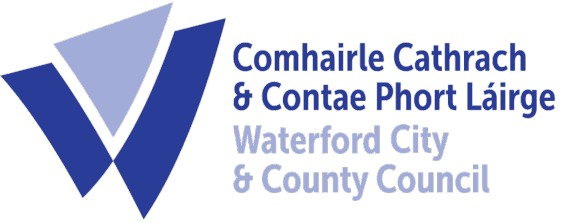

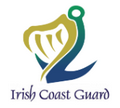
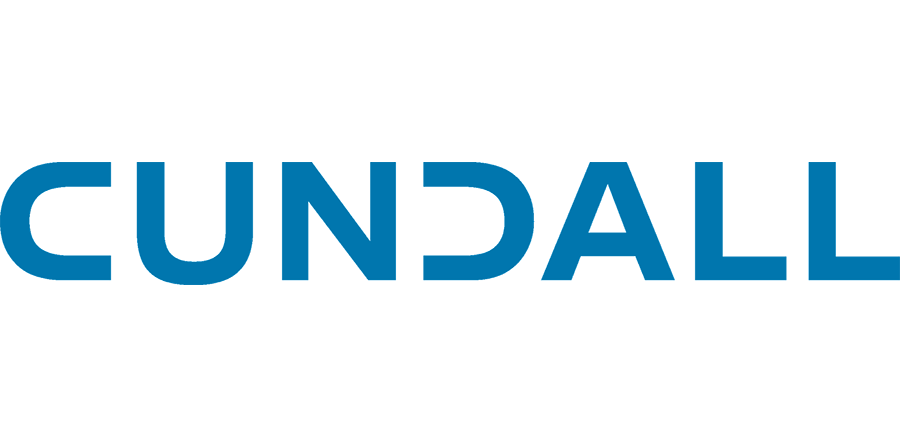










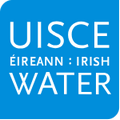

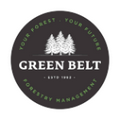





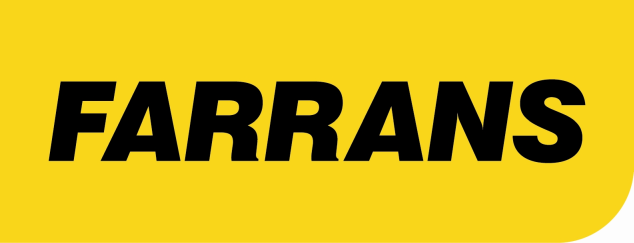
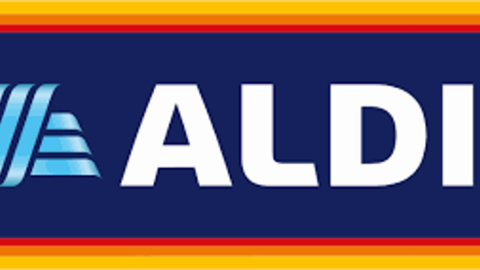






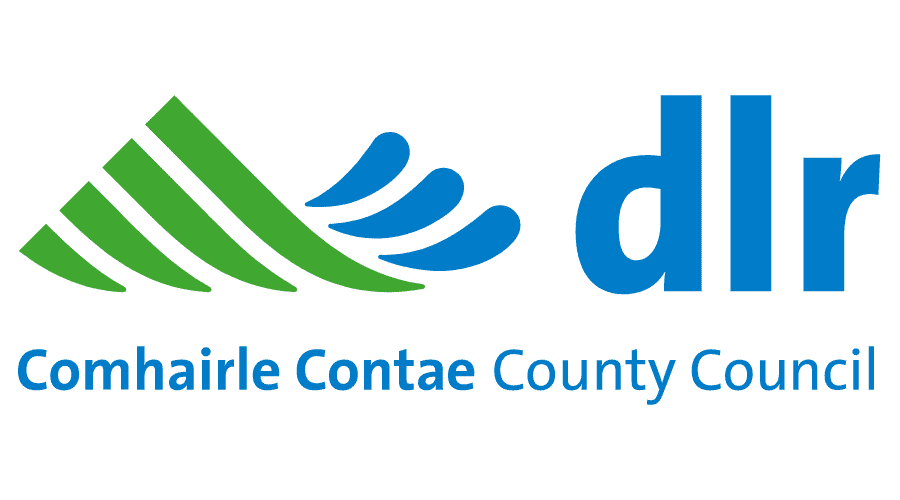











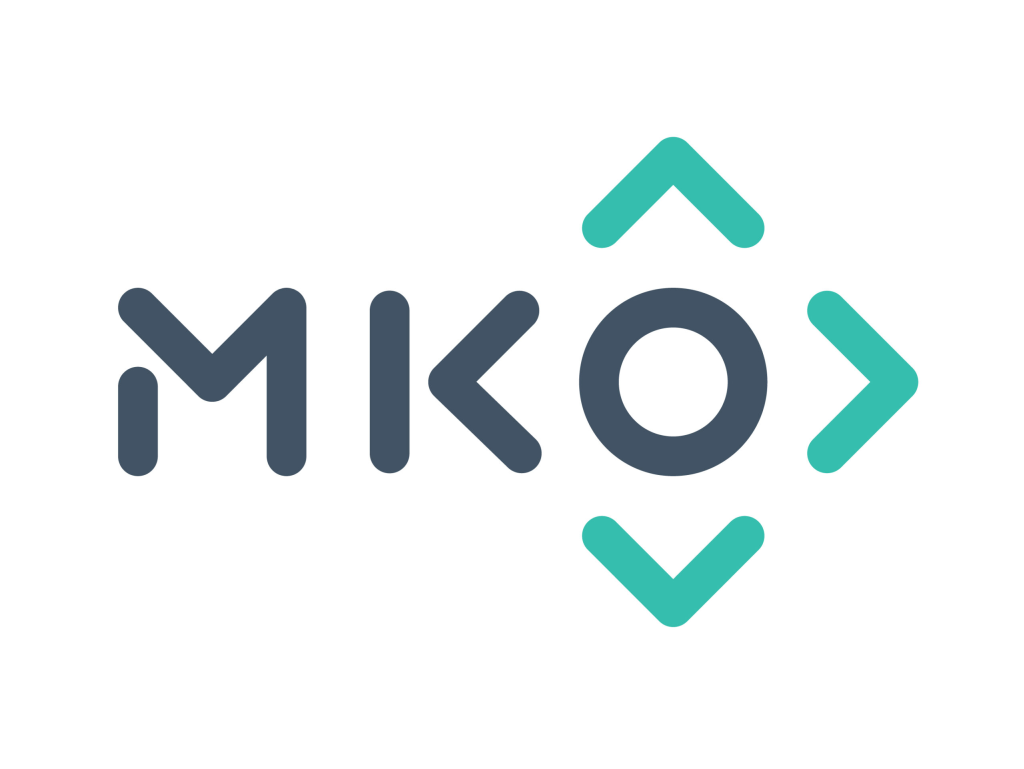
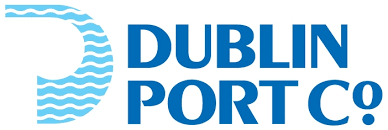

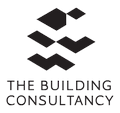







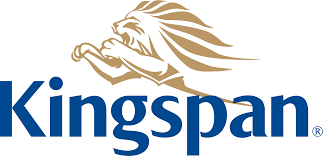












































































































































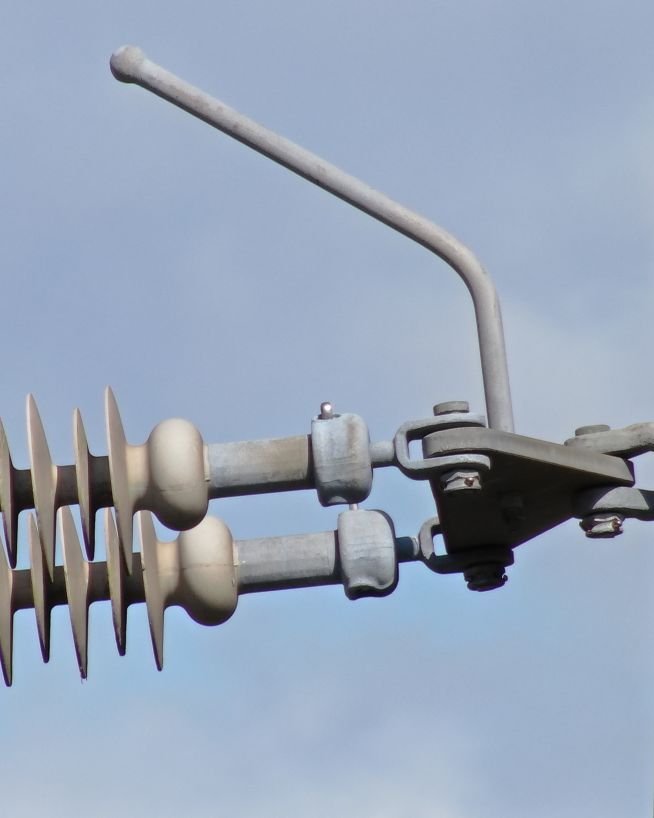
Instantly usable data via a safer and more cost-effective process
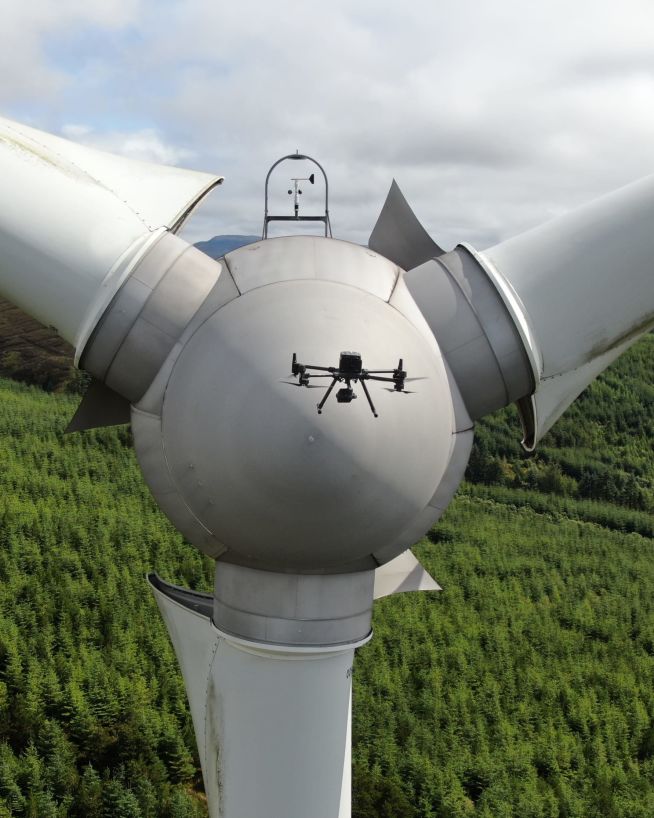
Inspect and maintain energy assets without risk or downtime
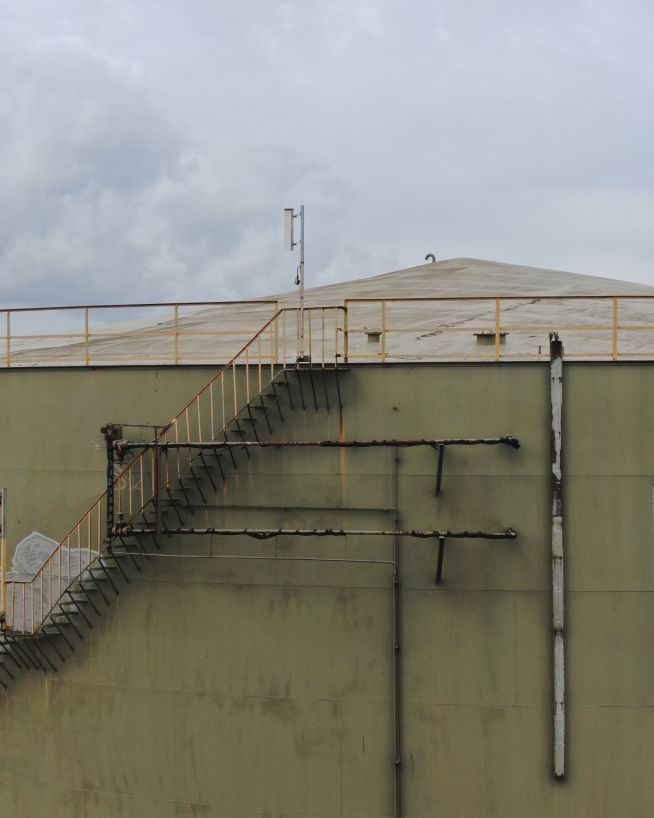
Get fast, usable data from a safe distance
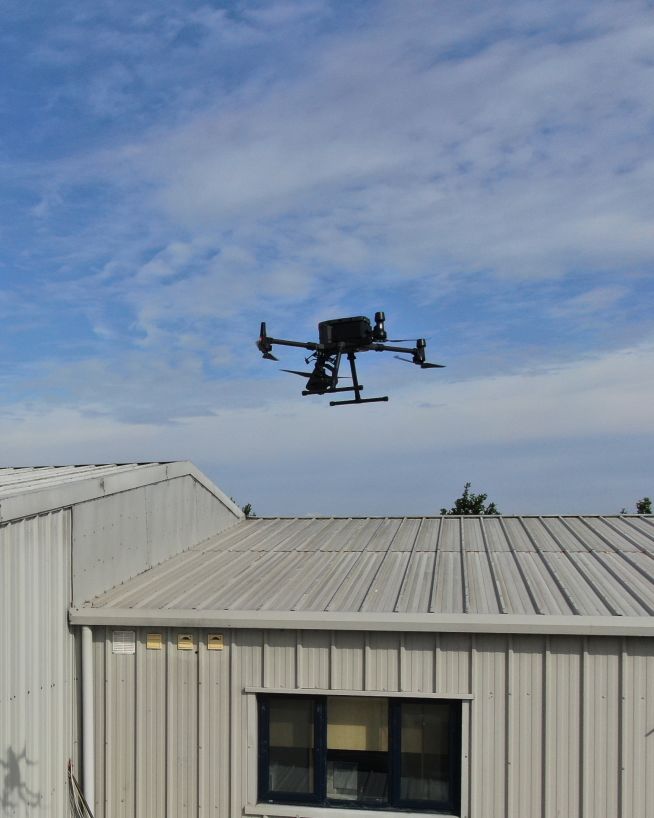
Accurate, safe and instantly actionable data collection
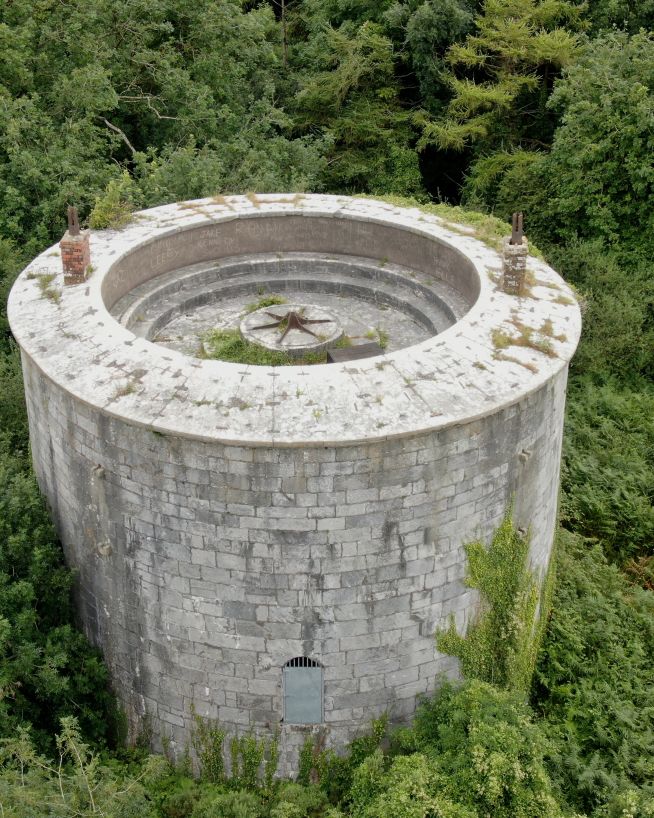
Analyse historical buildings without risk to people or property
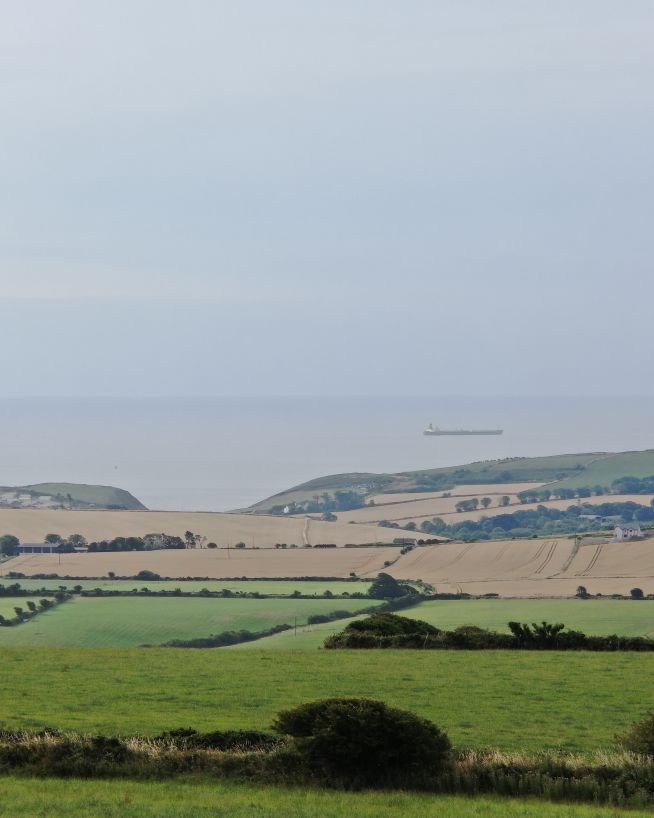
Faster, cheaper and more accurate analysis of land
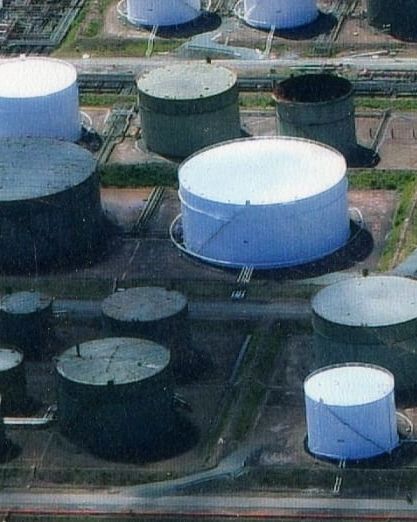
Safer and more cost-efficient flare (oil and gas) inspections
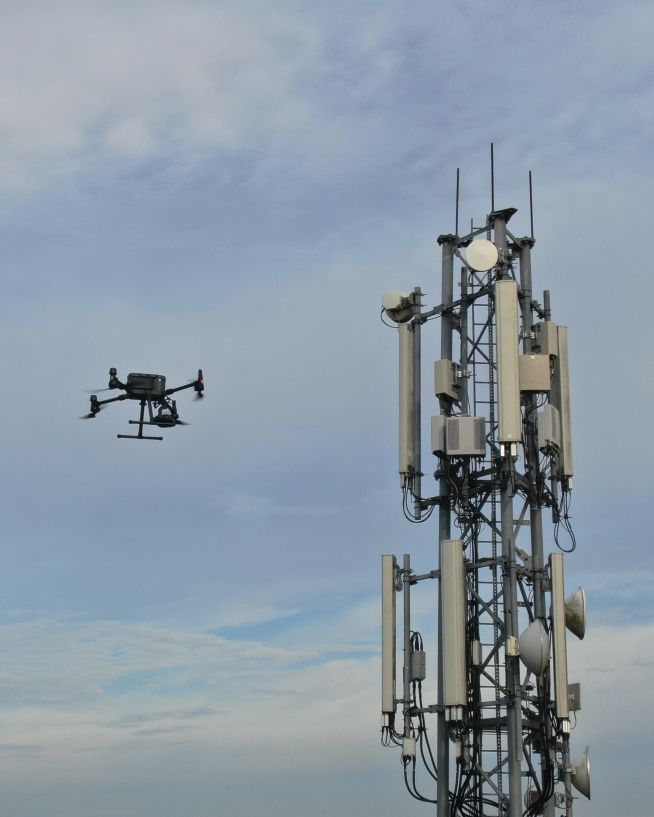
Reduced risk, damage to towers and delays
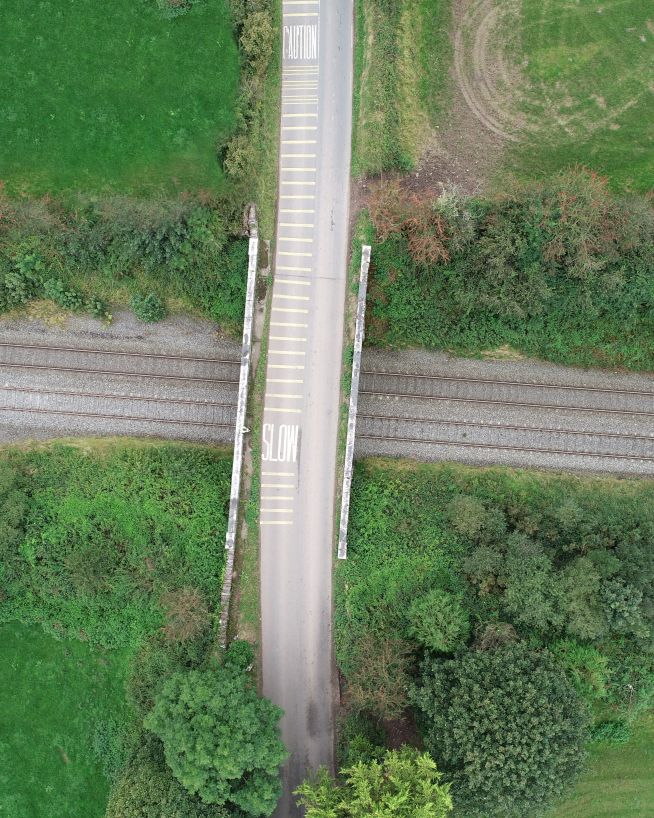
Eliminates downtime and safety concerns, at a fraction of the cost
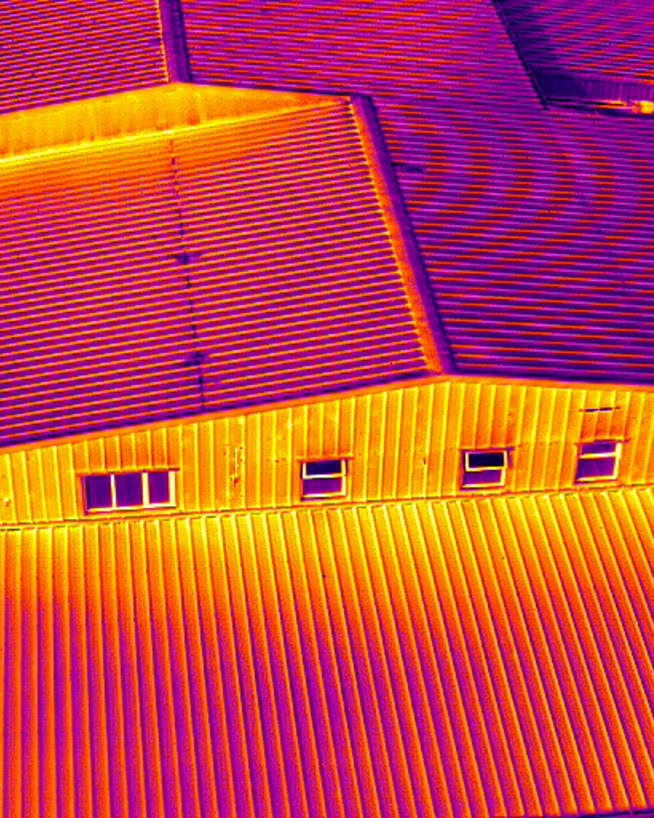
Record and document reliable visuals without safety concerns
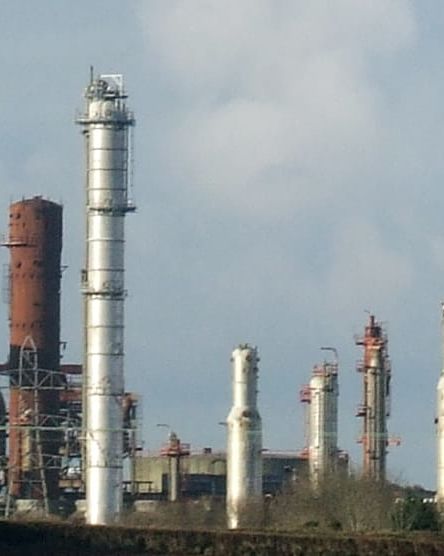
Actionable data from a safe distance, with less downtime
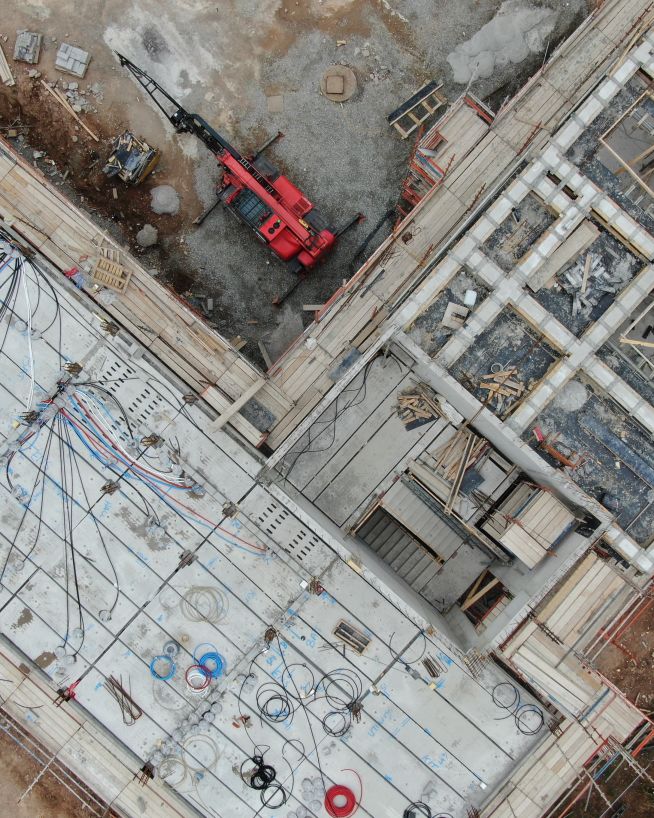
Instant, actionable data with no downtime
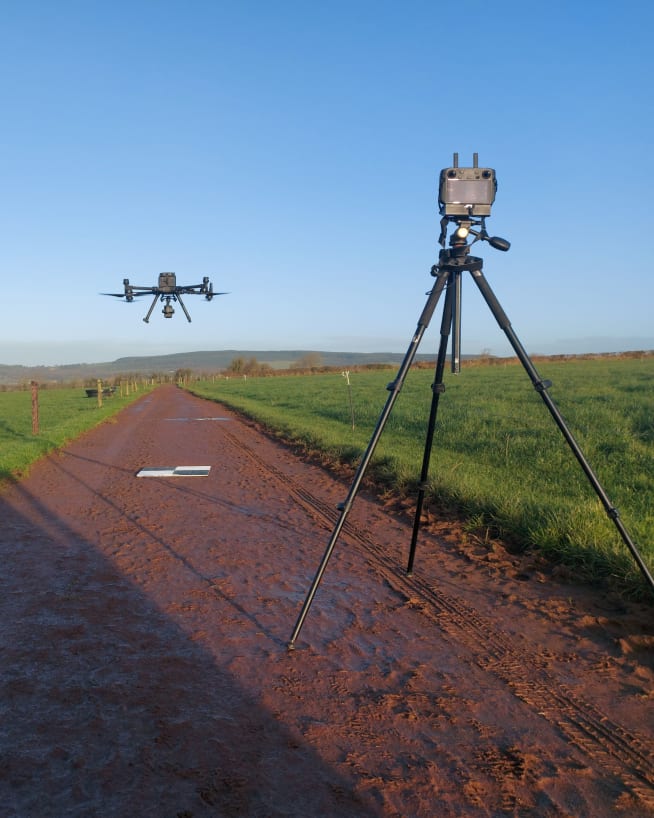
Accurate and efficient analysis of crops and land
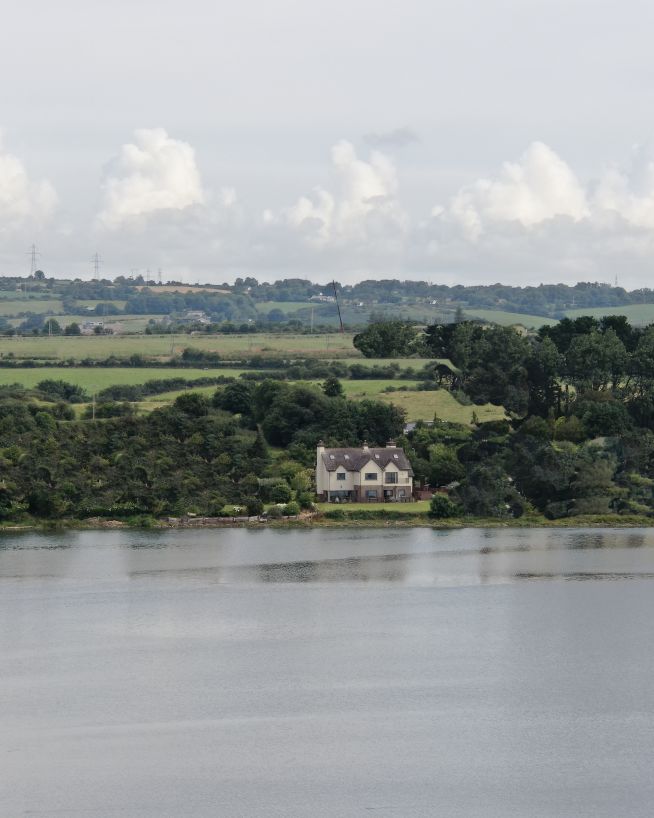
Add "Wow Factor" to residential and commercial property listings
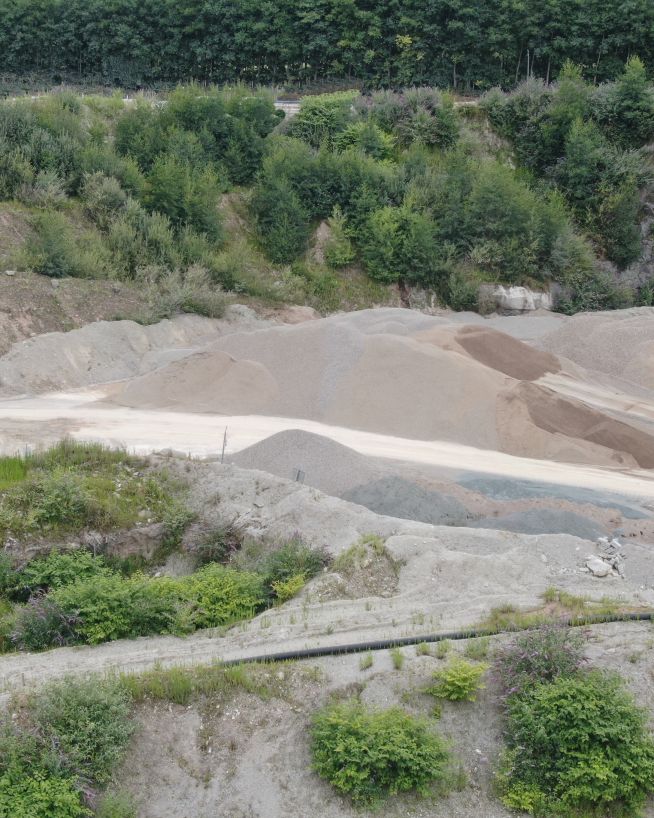
Monitor status and progress without downtime
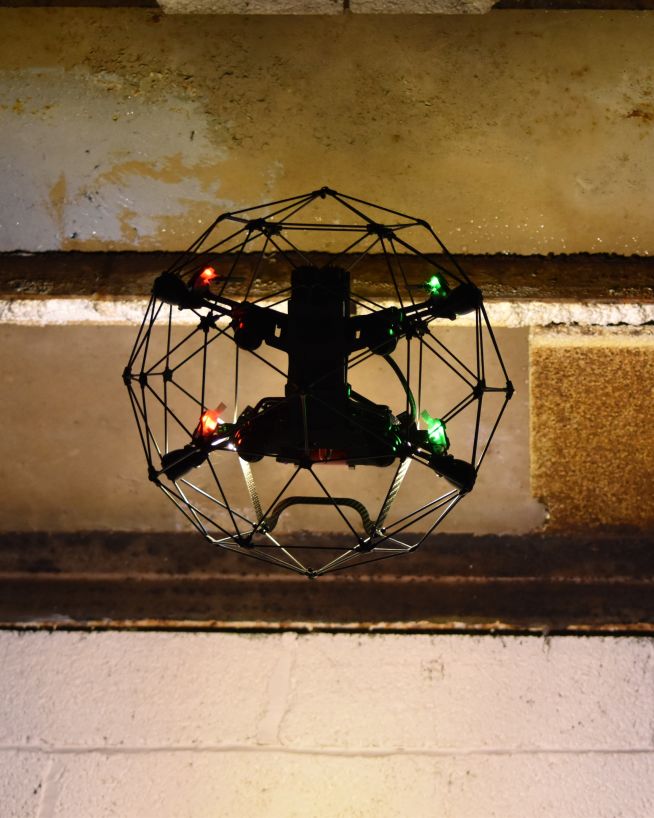
Eliminate safety concerns, save costs and reduce downtime
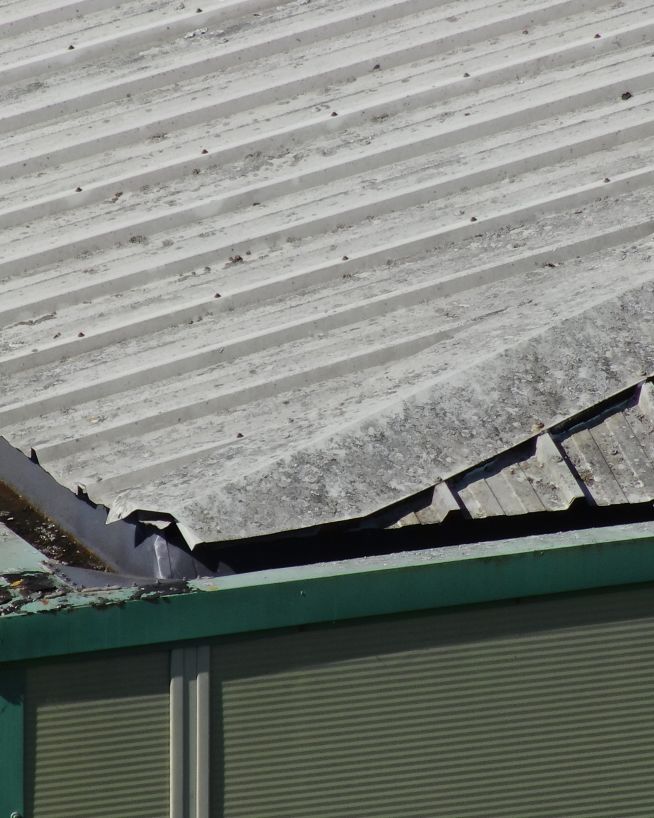
Clearer, faster results without the risks
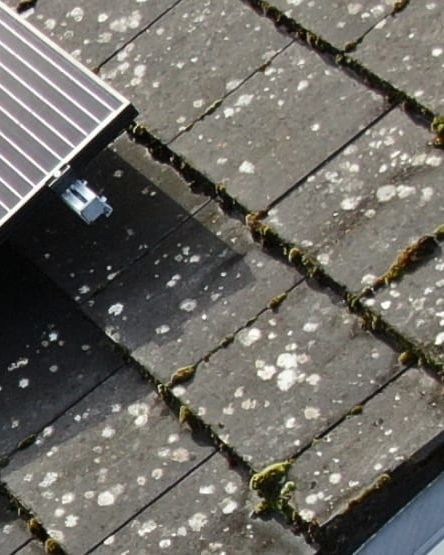
Ensure solar panel efficiency from precise data collection
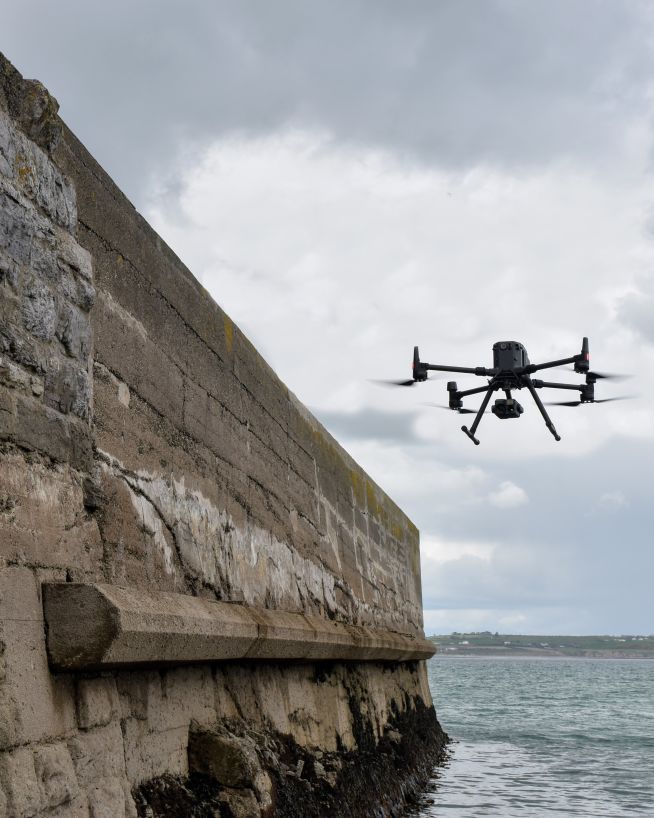
Monitor coastal assets safely and with more precision
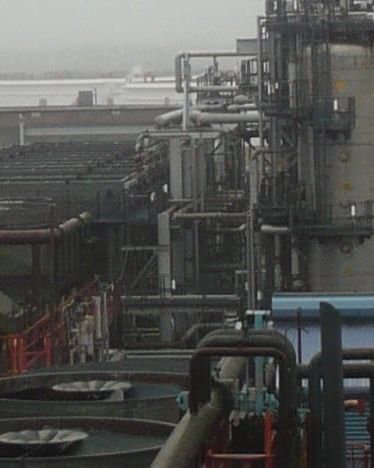
Keep production running while collecting instant critical data
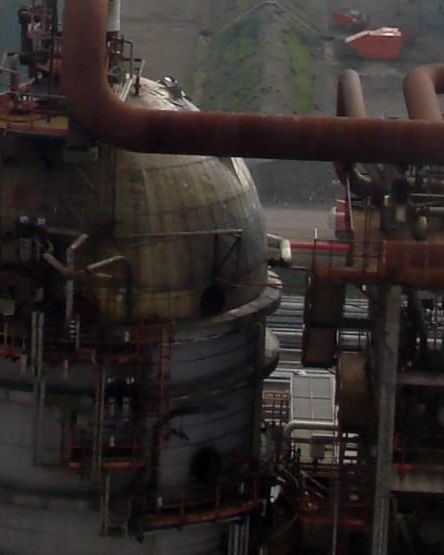
Fast, actionable data without the risks of traditional inspections
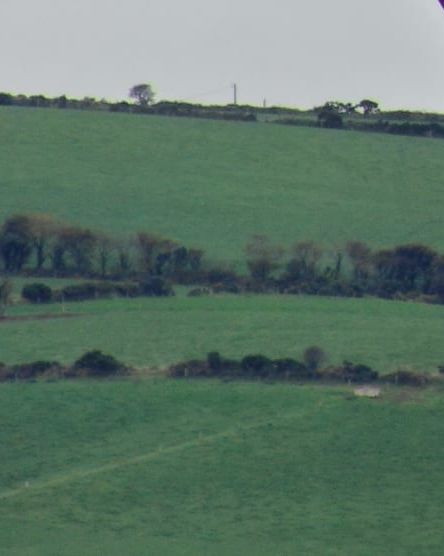
Critical, pinpoint details with none of the risk
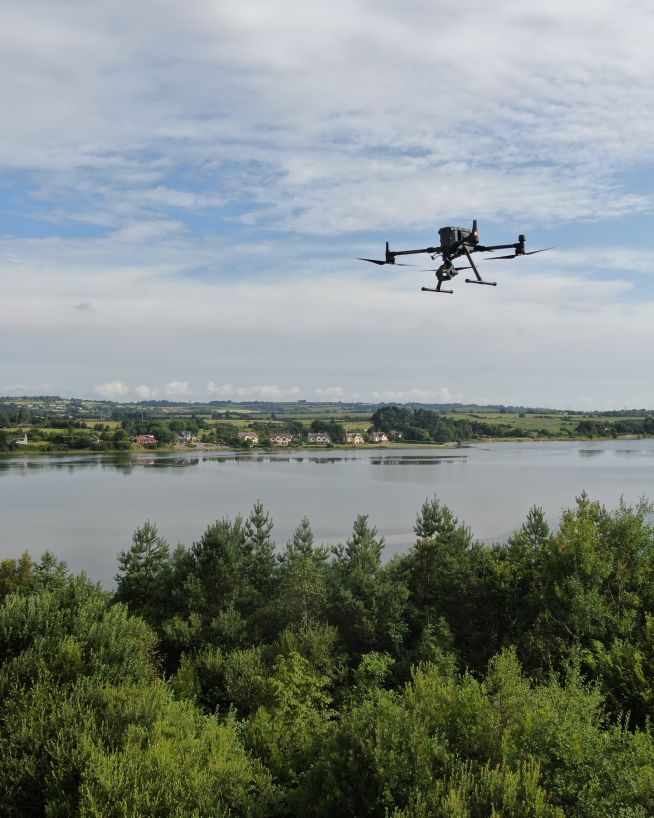
Safer, more precise data collection at a fraction of the cost

Safe, precise and instant reports on vessels and infrastructure
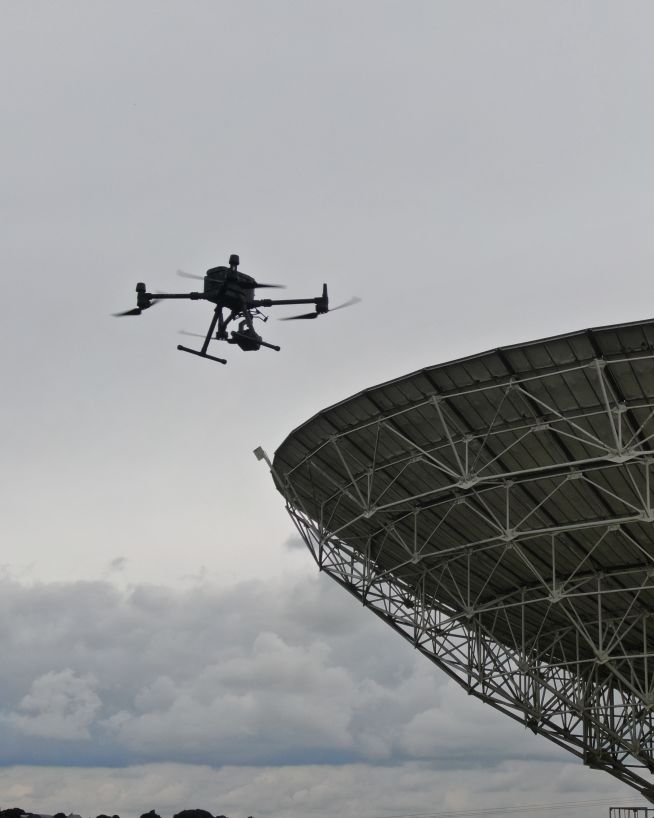
Get critical data on cell and telecommunication infrastructure

Endless perspectives, without manned aircrafts or structures
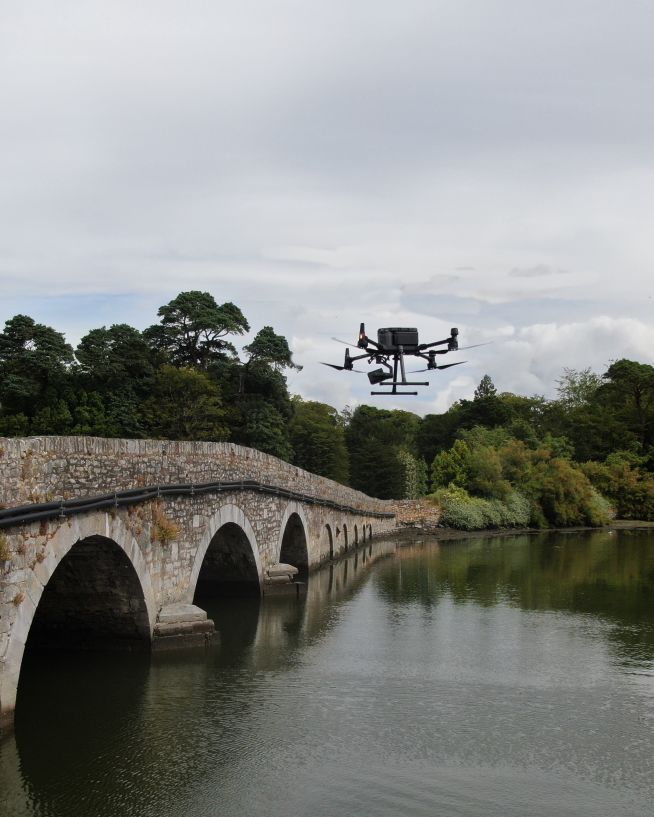
Safer, more cost-efficient, with less downtime
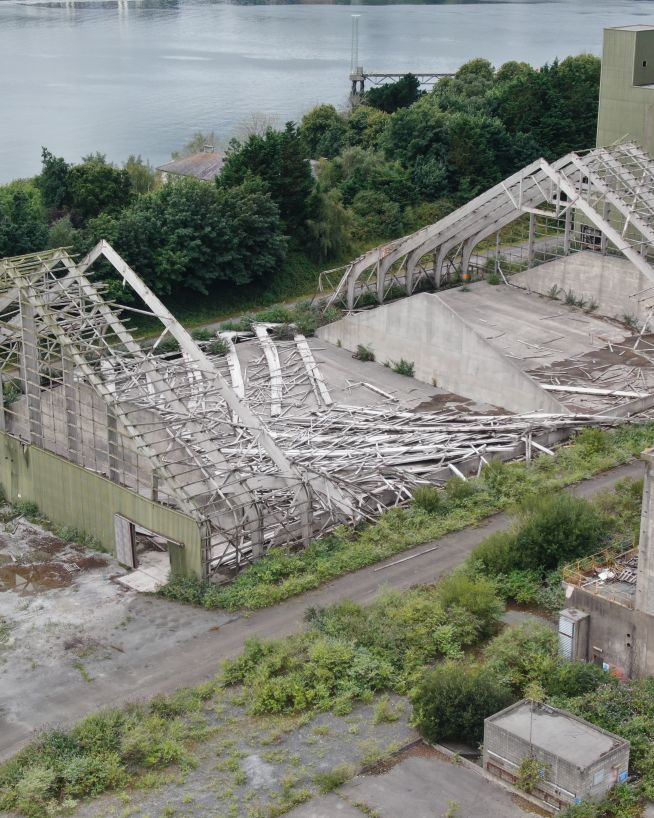
Assess damage quickly and with pinpoint accuracy
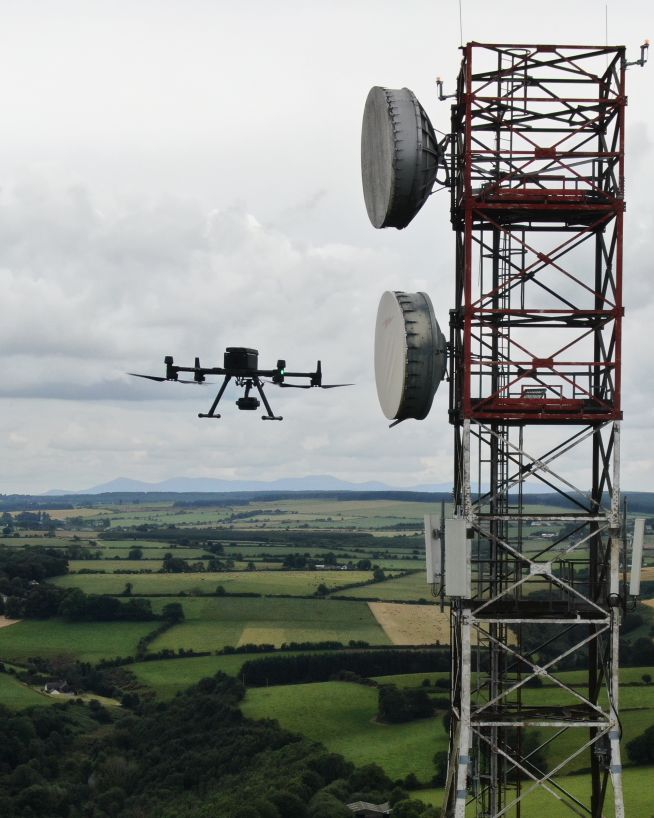
Instantly view complex structures, keeping risks to a minimum
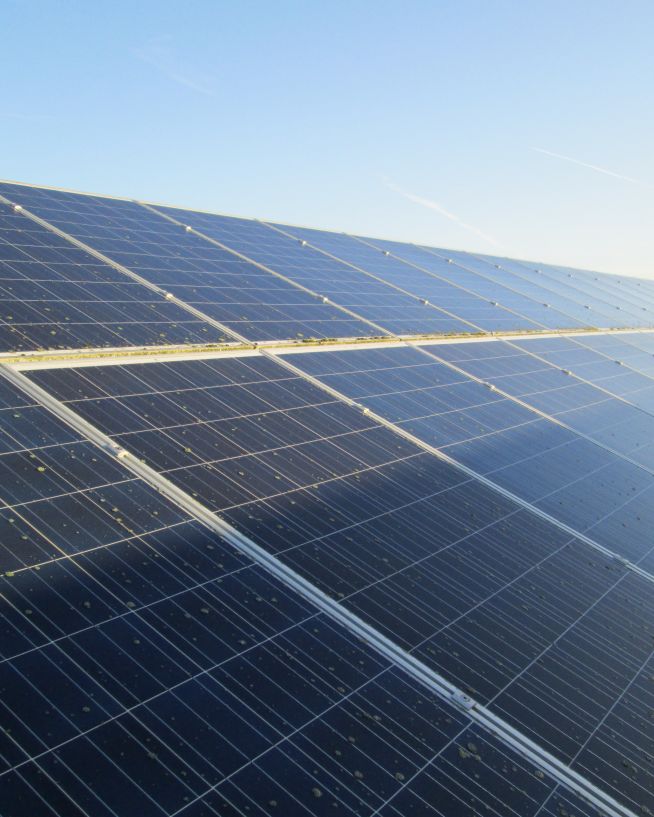
Get actionable data on quality and operational health
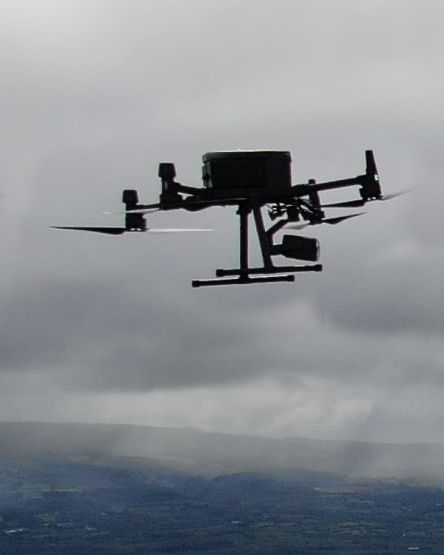
A more cost- and time-effective way to receive critical data
Lidar drone mapping is the use of drones equipped with Light Detection and Ranging (Lidar) technology to create high-resolution 3D maps of terrain, buildings, and other objects. The drone emits laser beams that bounce off objects and return to the drone's sensors, creating a detailed point cloud of the object or terrain. The resulting data can be used in a variety of applications, including urban planning, construction, and environmental monitoring. Lidar drone mapping is faster and more accurate than traditional surveying methods and can cover a larger area with greater detail in less time, making it an increasingly popular tool for mapping and surveying professionals. More about LIDAR...
Drone-based thermal imaging is a technology that utilizes unmanned aerial vehicles (UAVs) equipped with thermal cameras to capture high-resolution thermal images of various objects or areas. This technology allows for the detection and measurement of temperature variations in a scene, enabling the identification of heat signatures of objects and their surroundings.
Drone-based thermal imaging can be used in a variety of applications, including search and rescue operations, inspection of power lines, pipelines, and other infrastructure, monitoring of wildlife, and identifying energy inefficiencies in buildings. The technology can detect temperature differences as small as 0.1°C, making it a valuable tool for detecting hotspots and identifying potential hazards.
In operation, the drone is flown over the area of interest, capturing thermal images of the scene. The images are then processed using specialized software that converts the temperature data into visible images that can be analyzed and interpreted. The resulting images can show temperature variations in a range of colors, with red and yellow indicating hot spots, and blue and green indicating cooler areas.
Overall, drone-based thermal imaging is a powerful technology that provides accurate, non-invasive, and efficient data for various applications. Its ability to provide high-resolution thermal imagery from a safe distance makes it a valuable tool for numerous industries and professionals. More about thermal imaging...
UAV (Unmanned Aerial Vehicle): UAV is the technical term for a drone. It refers to any aircraft that can be operated without a human pilot on board.
UAS (Unmanned Aircraft System): UAS encompasses not just the drone itself (UAV) but also the associated ground control station, communication systems, and any additional equipment required for its operation.
UHD or Ultra High Definition signifies that a camera's resolution is 3840x2160 pixels. This is exactly four time higher than high definition cameras (1920x1080 pixels), and so UHD is often also know as 4K. More about drone photography...